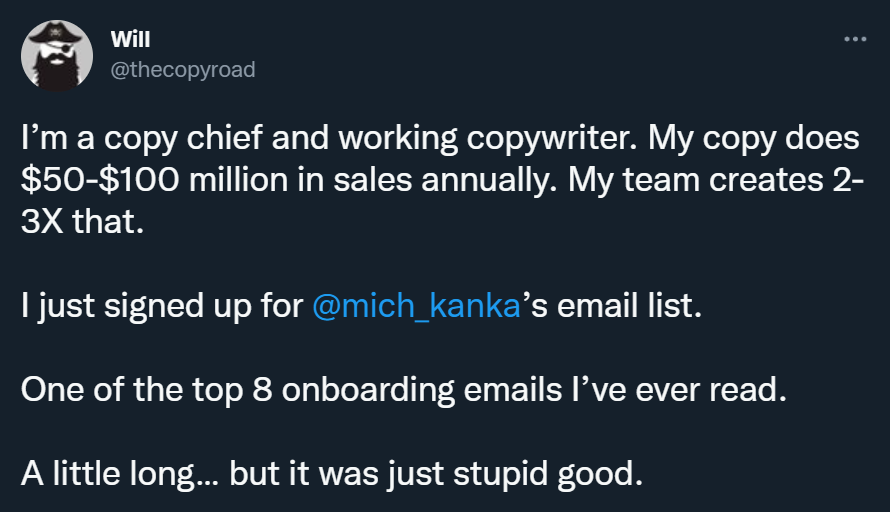How LinkedIn got its first users?

LinkedIn started in late 2002 by Reid Hoffman, but the site was officially launched in 2003. He had been working at PayPal, and before that, he had Socialnet (online dating with interest-based search for people).
Socialnet was a failure. LinkedIn was created because Hoffman thought about a place for business networking. Something like Socialnet, but focused on jobs.
LinkedIn was launched six months after the start of its development. There were 13 people first. They invited another 112 to join the platform, and the chain reaction began. At first, the team focused on IT people they knew. They targeted mainly Silicon Valley. High-profile individuals stood for the “auto-promotion” of the new social network for professional connections.
By the end of 2003, LinkedIn had only 200-250 people. It was all personal networking. Hoffman and his team asked friends to join. They also asked their friends. Reid kept adding new features. When it launched, you needed to know someone's email to send a friend request.
Then, LinkedIn started targeting small businesses. New features appeared (creating groups and uploading contacts from address books). Networking got much easier. (Later on, LinkedIn exploited the feature to the maximum. When it got access to your email contacts list, it spammed everyone in it, multiple times. They got even sued for that.)
That gave a huge increase in the number of users by the end of 2004.
LinkedIn used aggressive contact importing with the use of email lists. The platform browsed through users’ contacts and sent invitations. The team has even built an Outlook plugin for that.
After a few years, LinkedIn introduced two important growth hacking things: SEO for profiles and the recommendation system. The first made popular profiles pop up in Google searches. Recommendations created a loop of invitations via professional experiences. LinkedIn started suggesting “People you may know” after scanning your mutual background (past companies you’ve been working at, and so on)
Get your
"oh sh*t, this might work for us!"
moment in the next 5 minutes
Viral marketing case studies and marketing psychology principles that made hundreds of millions in months or weeks
In the first email:
- a step-by-step strategy that made $0-$30M within 9 weeks with $0 marketing budget (case study)
- cheatsheet (PDF) of 10 biases in marketing used by top 2% companies
Other than that:
- weekly original content that helps you STAND OUT by providing more perceived value with less work

(You won't find it anywhere else)

Explore Cognitive Biases in Marketing